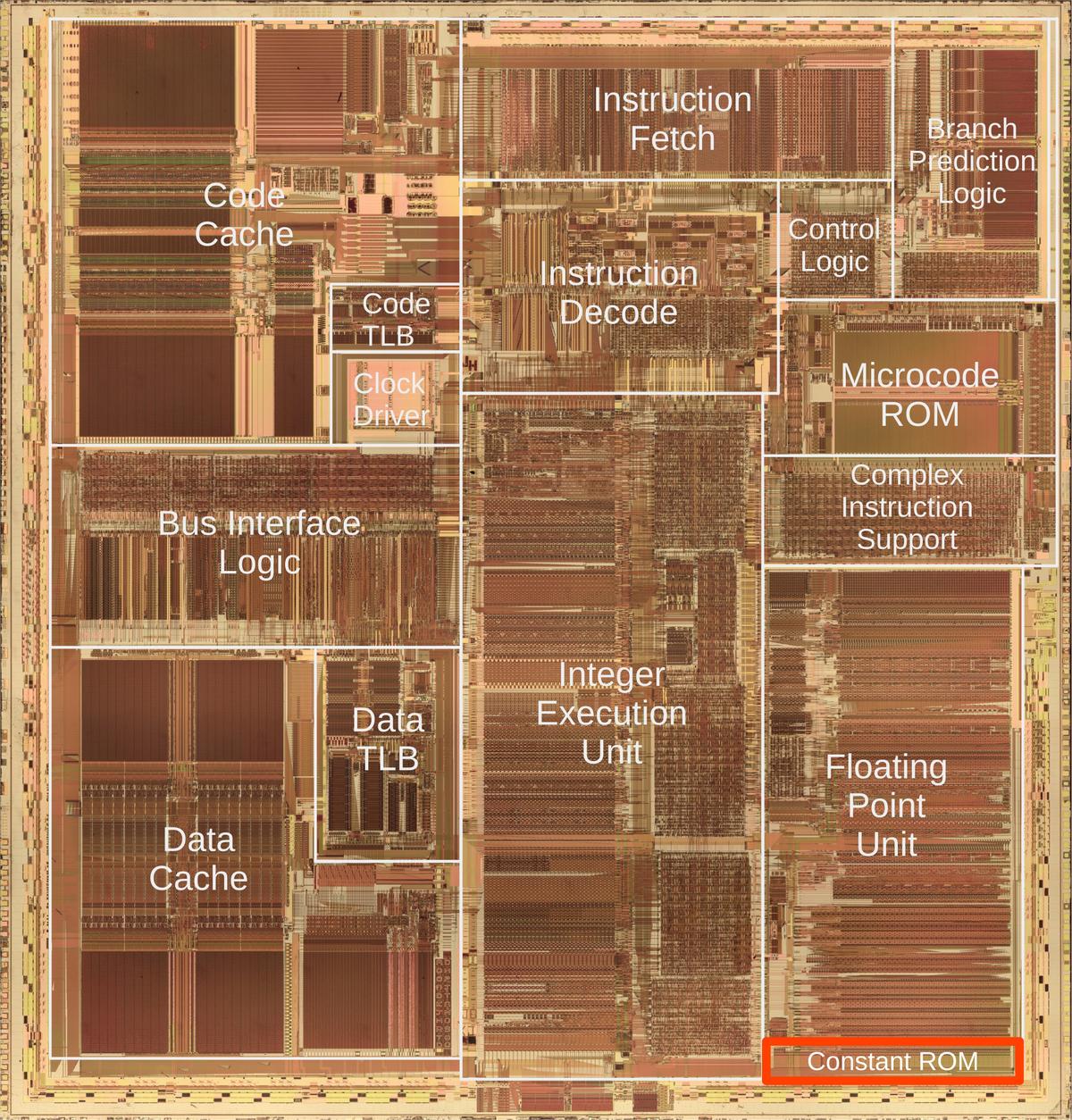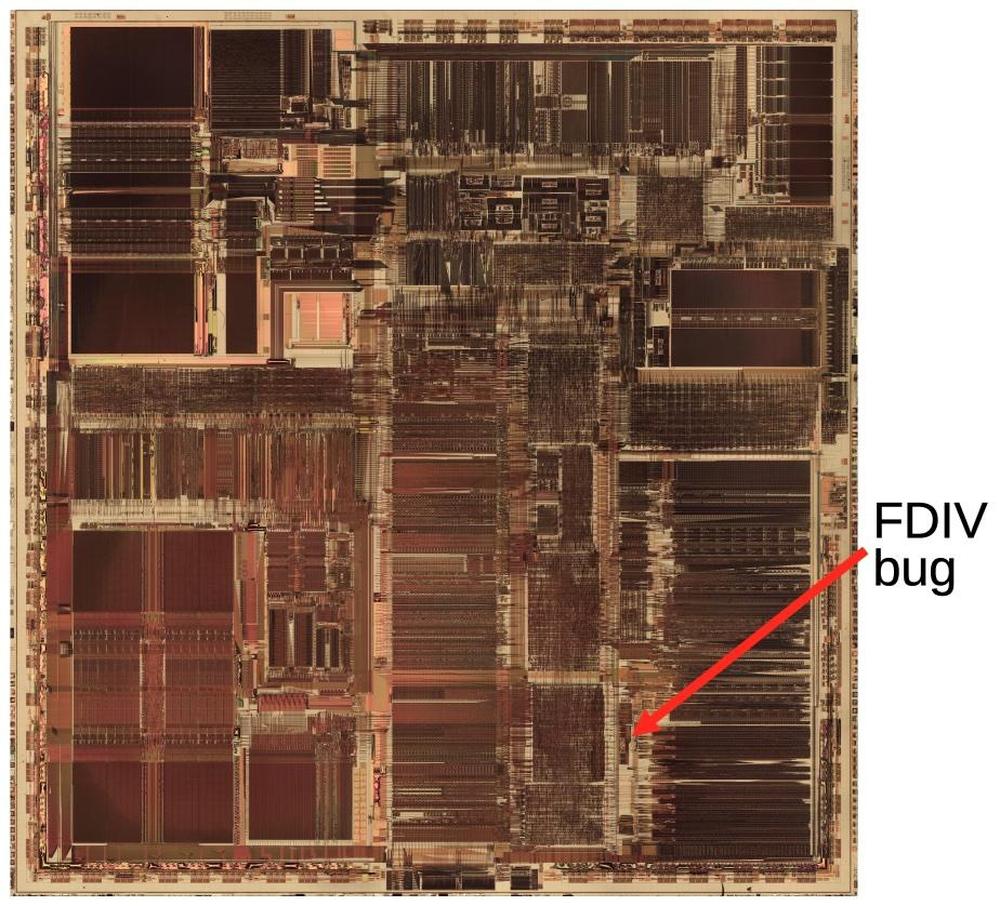Feed SparkFun Electronics [copy] http://www.sparkfun.com/feeds/news has loading error: cURL error 22: The requested URL returned error: 405
Feed The RFID Weblog [copy] http://www.rfid-weblog.com/index.rss has loading error: cURL error 22: The requested URL returned error: 404 Not Found
Feed tqfp.org [copy] http://tqfp.org/rss/ has loading error: A feed could not be found at `http://tqfp.org/rss/`; the status code is `200` and content-type is `text/html; charset=utf-8`
Текущее дооснащение деревенской лаборатории-мастерской

Мастерская любого самоделкина — личное место силы, где всё устроено как должно. Цитадель, дворец, замок, берлога! Это пространство для релаксации, здесь нехотя распрямляются сжатые пружины души и ослабляются натянутые нервы. Сюда приходят для радости и успокоения, для медитаций над железками и деревяшками, вкушать сладость творчества под аромат канифоли. Ниже речь пойдёт о собственной деревенской лаборатории-мастерской, в том числе и для электровакуумных экспериментов, что подразумевает огневые и горячие работы, стеклодувное дело, применение множества химикатов, опыты с электричеством и прочее в таком духе. Как та армейская собака, при всякой возможности стараюсь здесь что-то улучшить или доработать. Читать дальше →
It's time to abandon the cargo cult metaphor
https://invidious.privacyredirect.com/watch?v=iILq0ADHrw8

The cargo cult metaphor is commonly used by programmers. This metaphor was popularized by Richard Feynman's "cargo cult science" talk with a vivid description of South Seas cargo cults. However, this metaphor has three major problems. First, the pop-culture depiction of cargo cults is inaccurate and fictionalized, as I'll show. Second, the metaphor is overused and has contradictory meanings making it a lazy insult. Finally, cargo cults are portrayed as an amusing story of native misunderstanding but the background is much darker: cargo cults are a reaction to decades of oppression of Melanesian islanders and the destruction of their culture. For these reasons, the cargo cult metaphor is best...
January Update: Thinking Out Of The Vox
Happy New Year! This month we discuss the current state of the PineVox, seeing what the community have been up to with their PineNotes, announcing InfiniTime 1.15 and announcing the end of production of the Pinebook Pro.
Pi in the Pentium: reverse-engineering the constants in its floating-point unit

Intel released the powerful Pentium processor in 1993, establishing a long-running brand of high-performance processors.1 The Pentium includes a floating-point unit that can rapidly compute functions such as sines, cosines, logarithms, and exponentials. But how does the Pentium compute these functions? Earlier Intel chips used binary algorithms called CORDIC, but the Pentium switched to polynomials to approximate these transcendental functions much faster. The polynomials have carefully-optimized coefficients that are stored in a special ROM inside the chip's floating-point unit. Even though the Pentium is a complex chip with 3.1 million transistors, it is possible to see these transistors under a microscope and read out these constants. The...
Стеклянные ёлочные игрушки своими руками. Техника fusing

Существует несколько вариантов работы с цветным художественным стеклом, ярким пятном среди которых выделяется фьюзинг (fusing) — сплавление плоских элементов в печи. Техника изначально витражная, чудо как хороша для некрупных декоративно-прикладных вещиц вообще: шкатулки, панно, часы, бижутерия, значки, сувениры, светильники, изразцы и декоры для отделки, для интерьера — воткнутые в цветочный горшок, поставленные и подвешенные. Всё, на что хватит фантазии. Работы естественным образом получаются уютно-очаровательные, с мягкими округлыми очертаниями оплавленных деталей, наводящими на мысли о карамельках, шакер-чуреках с какао, и кресле-качалке, с клетчатым пледом и котом на коленях. Читать дальше →
Please refrain from installing WASP-OS on new PineTimes for the moment
In July 2024, PineStore notified the community that a small hardware change was needed on the PineTime: the current flash chip was end of life (EoL) and needed to be replaced by a new one. From the software point of view, the new chip behaves exactly like the old on so very few code changes were required to support it.
Intel's $475 million error: the silicon behind the Pentium division bug

In 1993, Intel released the high-performance Pentium processor, the start of the long-running Pentium line. The Pentium had many improvements over the previous processor, the Intel 486, including a faster floating-point division algorithm. A year later, Professor Nicely, a number theory professor, was researching reciprocals of twin prime numbers when he noticed a problem: his Pentium sometimes generated the wrong result when performing floating-point division. Intel considered this "an extremely minor technical problem", but much to Intel's surprise, the bug became a large media story. After weeks of criticism, mockery, and bad publicity, Intel agreed to replace everyone's faulty Pentium chips, costing the company $475 million.
In this...
Free Stuff - September 2024
The belated September 2024 recipient for the Great Scott Gadgets Free Stuff Program is Allen Paschel of Orlando, Florida in the United States. Allen is the president of The Maker Effect Foundation which exists to inspire everyone to create! The Maker Effect Foundation is a non-profit organization that runs a maker space and teaches classes at schools, libraries, and events. The maker space has CNC machines, laser etcher/cutters, 3D Printers, vacuum forming equipment, welding tools, electronic tools, and other arts tools. Soon they will be able to add software-defined radio to that list of tools as we are sending them...
Free Stuff - August 2024
The belated August 2024 recipient for the Great Scott Gadgets Free Stuff Program is Murat Sever! Murat teaches a Communication Systems Laboratory course at TOBB ETU University, Ankara, Turkey. In his labs, Murat uses two HackRFs to transmit signals of interest, which students receive via RTL-SDRs. Murat has requested an Opera Cake so his students can study Pseudo Doppler direction finding and to teach students about antenna switching and spectrum monitoring. For more information about Murat’s course, his and his students’ research projects, and their outreach programs, please check out their website (https://ele361l.github.io/).
This application for the Free Stuff program stood...
Free Stuff - July 2024
The belated July 2024 recipient for the Great Scott Gadgets Free Stuff Program is Scott Carter from Ontario, Canada! Scott operates a SETI station that uses a radio telescope he built using software defined radio. He says the radio telescope has been in operation for six and a half years, and it needs a receiver upgrade to allow scanning of frequencies above 2 GHz. We are sending Scott a HackRF One so he can make his radio telescope upgrade! Scott’s long-term goal is to make his SETI station accessible remotely for educational purposes so more folks can learn about radio...